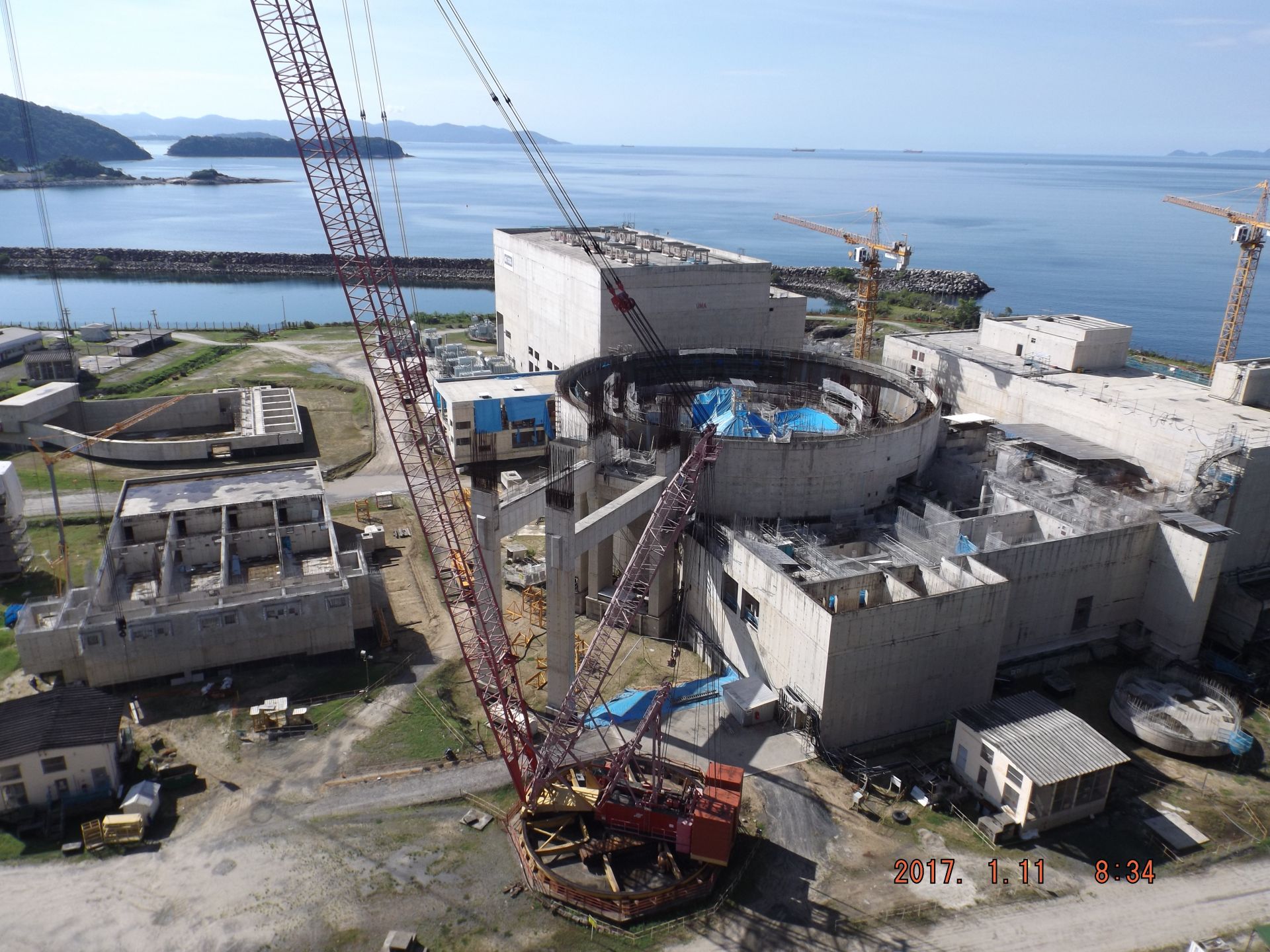Axios reviews “green” fuel options for commercial shipping

In an article published on March 5, Axios reviews the ways the world’s maritime companies are trying to decarbonize. The maritime industry, “from ferries to freighters—is trying to navigate a once-in-a-century transition away from fossil fuels to new, cleaner means of propulsion,” the article explains.
Emissions from shipping: The article notes that the world’s economy relies on international shipping, with more than 90 percent of global trade traveling via maritime vessels. The issue, though, is that “the vessels burn about 4 million barrels of oil a day, accounting for almost 3 percent of the world’s carbon emissions.” The article then cites a United Nations report from 2018 that sets greenhouse gas reduction targets of 50 percent by 2050 compared to 2008 levels.



 Nuclear power is an important component in the fight against climate change, but independent regulation is needed to gain the public’s---and governments'---trust, according to a March 6 article in The Economist, “
Nuclear power is an important component in the fight against climate change, but independent regulation is needed to gain the public’s---and governments'---trust, according to a March 6 article in The Economist, “







 A film titled
A film titled 
 A recent article from
A recent article from 
